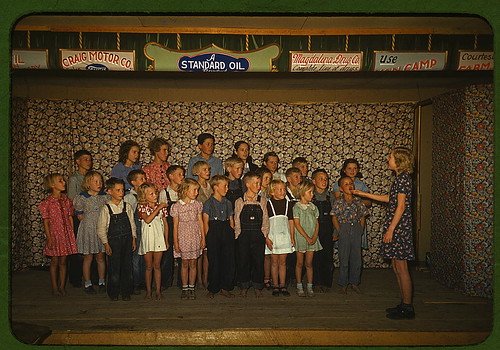How were we going to meet people and make friends if there was no one around?

If my kids had attended school, their community would have been defined primarily by where they lived. In contrast, as I commuted to distant towns to meet with homeschoolers for group activities and field trips, I observed that town boundaries mattered far less to us than shared interests.
It seems we were part of a trend. A 2006 report from the Pew Internet and American Life Project, "The Strength of Internet Ties," describes similar changes in the way Americans in general have begun to view their communities:
"Instead of disappearing, people’s communities are transforming: The traditional human orientation to neighborhood- and village-based groups is moving towards communities that are oriented around geographically dispersed social networks. People communicate and maneuver in these networks rather than being bound up in one solitary community."As a home educator, I knew I was not without a community. There were thousands of homeschoolers in New Hampshire, and over a million in the United States (according to this data from the U.S. Dept. of Education). It was just that, instead of being confined to one town, my community was scattered across the state and around the world. So, how was I to get involved?